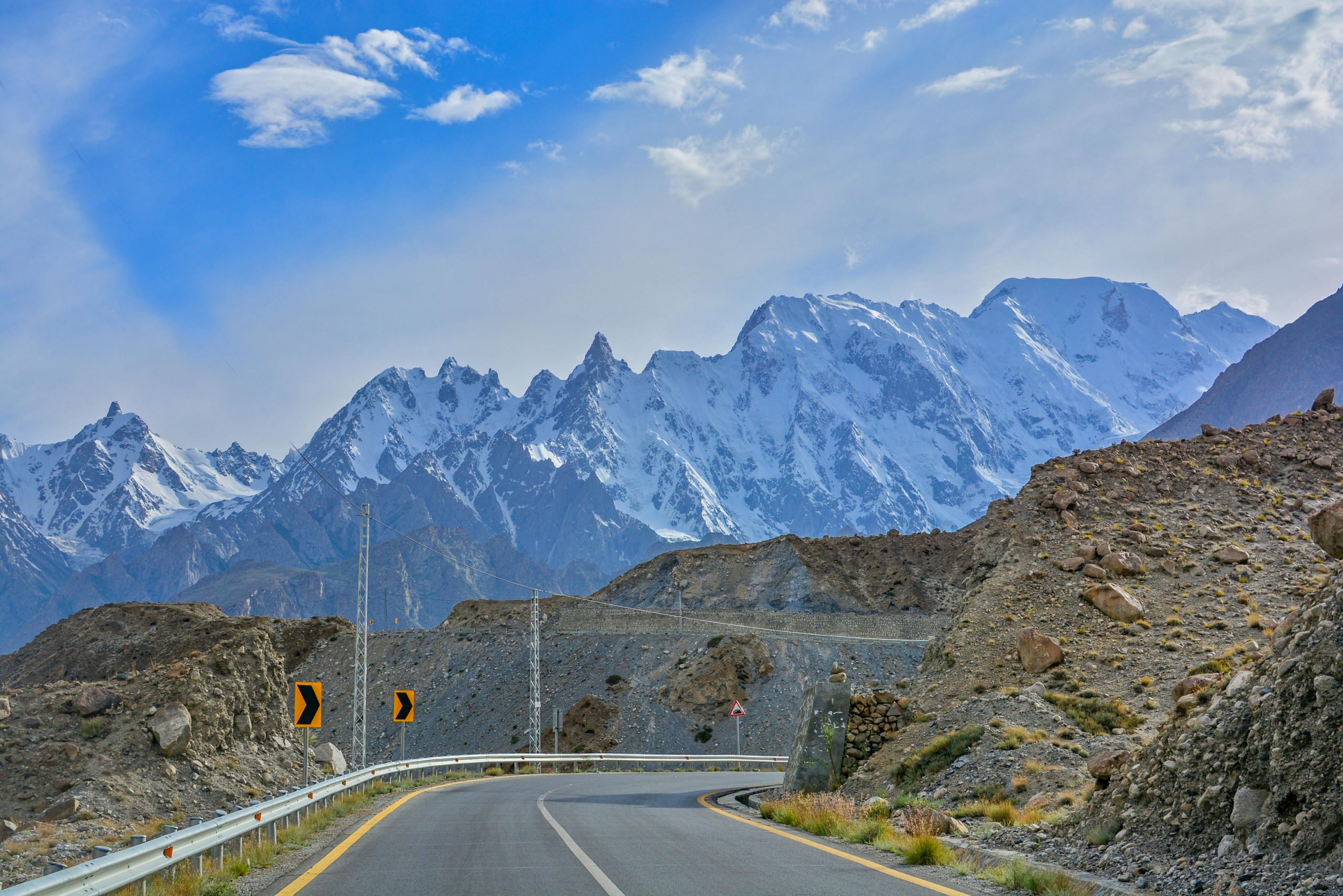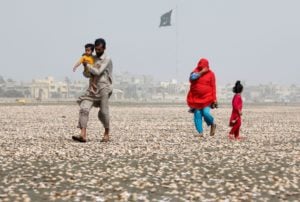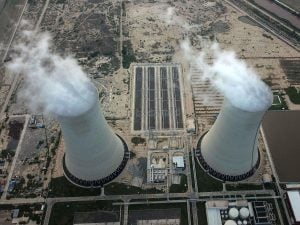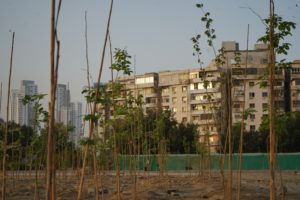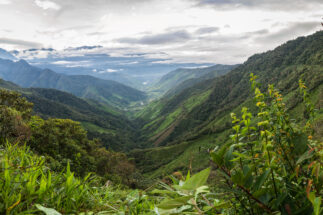In the past year, there has been a renewed push for sustainability within the China-Pakistan Economic Corridor (CPEC), which has coincided with the beginning of its so-called second phase. While this attention on environmental and social impact is welcome, it needs to translate into proactive and visionary governance to foster truly sustainable development.
A recent report by the Oxford University Silk Road Society Think Tank highlighted the Pakistani origins of 2020’s “green CPEC” branding. Under the original Long Term Plan, CPEC was advertised heavily for its benefits in increasing connectivity and energy security. Sustainability was stated to only be a key tenet by the project’s third and final phase. However, during now-prime minister of Pakistan Imran Khan’s election campaign, his party, Tehreek-i-Insaf, actively communicated the need for a greener CPEC, which mirrored his election pledges of mass reforestation and an increase in Pakistan’s hydro, wind and solar resources.
A 3,000-kilometre corridor from Kashgar in western China to Gwadar in Pakistan on the Arabian Sea. It slices through the Himalayas, disputed territories, plains and deserts to reach the ancient fishing port of Gwadar. Huge Chinese-funded infrastructure projects, including road and railway networks as well as power plants, are being built along the way. Originally valued at USD 46 billion, the corridor is estimated at USD 62 billion today.
CPEC is part of China’s Belt and Road Initiative (BRI), a massive regional trade and diplomatic venture that covers both land and maritime routes linking China to the rest of Asia and to Europe. CPEC is one of the most ambitious components of the BRI.
Pakistan sparked the green CPEC pivot
Clean energy discourse in CPEC thus far has come from the Pakistani government, rather than the Chinese, or private enterprise. Aside from debates about the true ‘sustainability’ of hydropower, the Azad Pattan hydropower plant serves as a clear case study that this initiative has come domestically from Pakistan. With initial feasibility studies and proposals dating back 30 years, it gained approval and inclusion into CPEC in April 2020.
During the signing of the deal, the military-led CPEC Authority hailed it as a success. The argument was that the construction would be both sustainable and economically beneficial by providing greener energy and 3,000 jobs, while preventing outflow of foreign reserves.
However, the partnering Chinese construction company Gezhouba and Chinese state media gave no indication that they were interested in this project because it was greener than others. Gezhouba’s public comments highlighted economic benefits for communities, and Chinese state media only brought attention to its environmental benefits post-launch.
The Oxford University Silk Road Society Think Tank’s report states that “while happy to engage in green infrastructure, [the Chinese government and private sector] did not play a leading role in changing to a greener CPEC. This understanding is important because it suggests to other BRI [Belt and Road Initiative] participants that the ball is in their court, namely that China is not going to drive the conversation towards green projects.”
This, more than anything else, illuminates the need for Pakistan to enshrine an environmental mandate in the CPEC Joint Cooperation Committee, which is the principle decision-making body for corridor projects, and the CPEC Authority.
Created in 2019 through an ordinance that bypassed the legislative process, the CPEC Authority aims to centralise decision-making and take autonomy away from the provinces where the corridor’s key projects will be built.
The body has the following functions: to interface with China to identify areas of cooperation; ensure consensus building between the provinces and federal government; engage in CPEC “narrative building” and conduct research.
The ordinance expired in 2020, and its status in now uncertain as the bill which forms the legal basis of the body is pending in Parliament.
Planning sustainable SEZs
The report also highlights the Rashakai Special Economic Zone (SEZ), in Khan’s previous electorate of Khyber Pakhtunkhwa, as an opportunity for Pakistan to demonstrate this environmental mandate proactively rather than retroactively.
The Rashakai SEZ is expected to have a provision of up to 210 MW for its manufacturing industries, and like most other SEZs and industrial zones, will likely lead to large consumption of water and the production of various pollutants. The region has an existing garment industry – one that is generally infamous for its intensive energy consumption and production of many toxic byproducts – that will play a large role in the SEZ’s development. To actualise this green mandate, efforts can be made to use ‘green’ energy to provide the 210 MW, alongside other sustainable practices.
Organic farming can reduce water usage by up to 60% without using carcinogenic insecticides, and natural and low-impact dyes can reduce the impacts of pollution. Furthermore, the centralisation of industries and creation of industrial clusters in the SEZ are an opportunity for sustainable waste management, which can include industrial recycling. Financial incentives like tax relief and duty-free imports should also be tied to policies to promote environmental protection.
A highway through the mountains
There are also environmental concerns regarding CPEC’s efforts to increase connectivity in the region. The report features a case study on the effects of deforestation and carbon ‘spillage’ caused by the construction of roads, highlighting that deforestation is an existential threat, especially in areas of Khyber Pakhtunkhwa like Chitral, given the presence of around 500 glaciers.
![Protestors in Abbottabad, Khyber Pakhtunkhwa, demonstrate against lack of compensation and environmental degradation [image by Mohammad Zubair Khan]](https://dialogue.earth/content/uploads/2020/10/CPEC-1.jpg)
This is compounded by the projection that 7,000 trucks will pass through the mountainous province daily, releasing an estimated 36.5 million tonnes of carbon dioxide on their way to Gwadar in the south. The report emphasises that even if global average warming is kept under 1.5 degrees Celsius, one-third of the glacier volume in the Hindu Kush Himalayas is expected to be lost. If temperatures rise by 2C, this will increase to half of the total volume. Here, not only is the reforestation of lost trees due to the construction of roads necessary, but there is a pressing need to further the electrification of heavy and light vehicles.
Though progress has been made in trying to safeguard the environmental and social sustainability of CPEC, there is still much ground to cover. Putting the environment and local communities at the heart of all CPEC development must be mandatory. All stakeholders – Pakistani, Chinese and foreign – have a key role to play in the sustainability of the project. For better or for worse, the onus here, and in the BRI more broadly, is on recipient governments, industry and society to proactively create the safeguards necessary for sustainable development.
